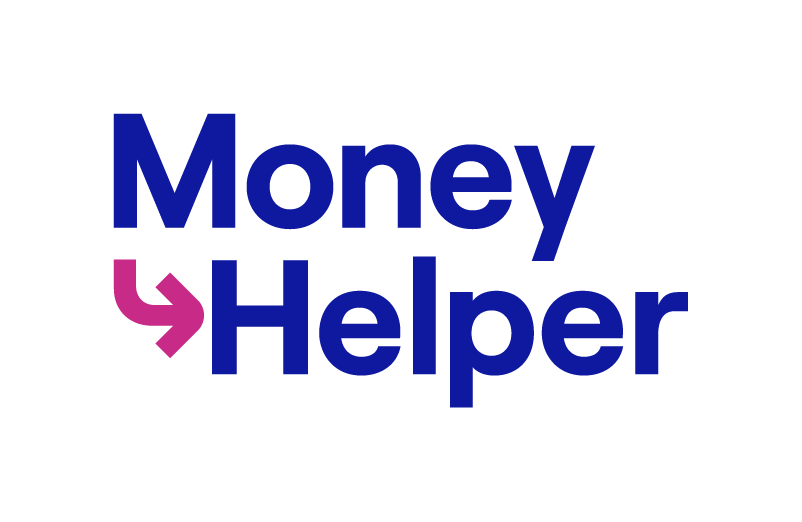How we help you
- September 2012
- August 2012
- July 2012
- June 2012
IVA and bankruptcy - a comparison
If you're familiar with different debt solutions, it's likely you'll have heard of an IVA (Individual Voluntary Arrangement) and bankruptcy.
These two approaches both have a few things in common. They're both designed to help people with out-of-control unsecured debts (such as credit cards, personal loans and overdrafts). They're both available in England, Wales and Northern Ireland. And they're both forms of insolvency.
However, in other respects, IVAs and bankruptcy are very different - particularly when it comes to who can qualify for them, and what their effects will be.
So, to help you look at the similarities and differences between them, we've written this comparison, so you can find out more about which approach could work best for you.
IVAs and bankruptcy: who are they for?
An IVA (Individual Voluntary Arrangement) and bankruptcy are both forms of insolvency solutions, which could help struggling borrowers get back in control of their unsecured debts.
Click here to find out if you can qualify for an IVA.
An IVA could help you if you have a significant amount of unsecured debt that you can't afford to repay in a realistic timeframe - but you can afford to make payments towards it for (usually) five years.
Bankruptcy, on the other hand, could be suitable if you need to take a 'last resort' approach to your debt problems. If you simply can't afford to repay a sizeable portion of what you owe in any kind of reasonable period, bankruptcy might be the best option for you.
IVAs and bankruptcy: how do they work?
If you enter an IVA, you'll make one reduced payment per month of what you can realistically afford after your living expenses (e.g. rent/mortgage, food and bills) have been covered. You'll stop further demands from your unsecured lenders and, on successful completion, any remaining debt included in your IVA that you can't afford to repay will be written off.
If you enter bankruptcy, you'll only make monthly payments if you can afford to - but like an IVA, your lenders will be prevented from taking any further action against you. Once you've been successfully discharged from bankruptcy, your lenders will write off the unsecured debt you can't afford to repay.
Both an IVA and bankruptcy will affect your credit rating for six years.
IVAs and bankruptcy: how long do they last?
An IVA typically lasts for five years. A standard bankruptcy, in contrast, usually lasts for 12 months - though you may have to make payments for up to three years in total.
IVAs and bankruptcy: how will they affect homeowners?
One of the advantages of an IVA if you're a homeowner is that you should be able to stay in your own home - though you may have to release some of the equity in your home so you can repay more of what you owe.
If you're made bankrupt, however, you'll have to hand your 'estate' - which includes your home - to the Official Receiver overseeing your bankruptcy. As a result, your home may be sold so you can repay more of what you owe.
Find out more about the differences between an IVA and bankruptcy here.
By Daniel Culpan.

It's good to know:
- We negotiate with the UK's major lenders and retailers
- We pride ourselves on our approach to great customer service
- Each month 1000s of people are benefiting from our help

To find other sources of free advice visit Money Helper. It's here to listen and give free, impartial, trusted guidance. Based around you and backed by government.
Subject to eligibility and acceptance. Fees Payable. Debt write off applies to unsecured debts only and on completion of an IVA, alternative solutions may be offered. If your IVA fails, it could lead to Bankruptcy. Your ability to obtain credit will be affected for at least 6 years. Homeowners may be required to release the equity in their property.